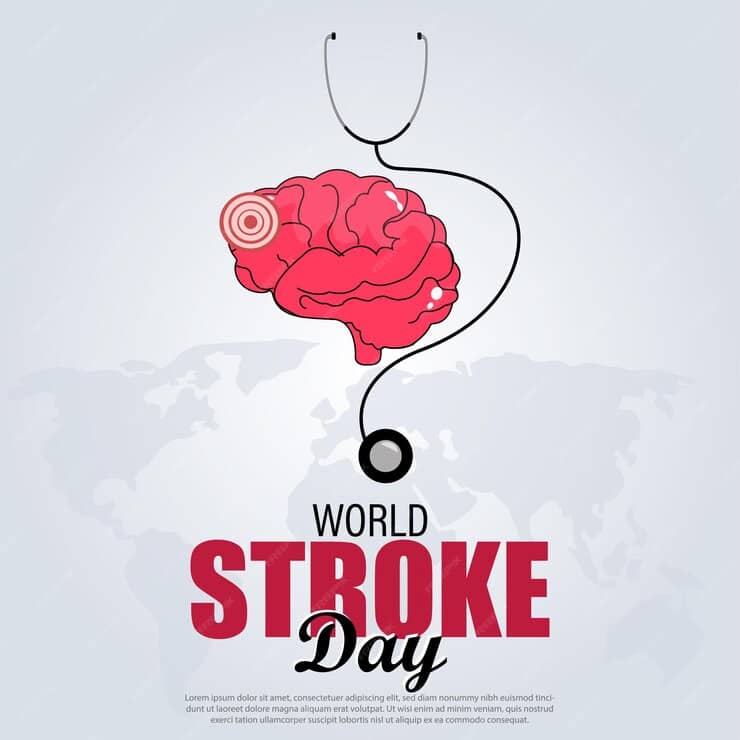Stroke is a life-threatening health condition that affects humans as a result of blockage of blood flow into the brain, which is part of a disorder known as cardiovascular diseases (CVDs). As one of the leading causes of global death recorded, the World Health Organization (WHO) reveals that in 2019, approximately 17.9 million people died from CVDs, and 85% of deaths were due to heart attack and stroke.
Oftentimes, humans are hit with life-threatening challenges when fatty deposits make clusters on the inner walls of the blood vessels that supply blood to the brain and heart.
Risk Factors that Lead to Stroke in Humans
Several risk factors lead to this health condition, which leaves humans dependent on others. This factor includes behavioral risk factors (unhealthy diet, physical inactivity, tobacco use, and excessive use of alcohol) and environmental risk factors, most especially air pollution.
Signs of Behavioral Risk Factor
- High blood pressure
- High blood glucose
- High blood lipids
- Overweight and obesity
It is advisable to visit the hospital for regular checkups to monitor and avoid these life-threatening health conditions.
Ways to Reduce CVDs like Stroke
For healthy living and prevention of stroke as a CVD, medically, individuals are encouraged to practice the recommended procedures to stay fit.
- Avoid the use of tobacco.
- Reduce the intake of salt.
- Consuming fruits and vegetables.
- Practice regular fitness activities.
- Avoid intake of harmful alcohol.
- Drug treatment of hypertension and diabetes.
Living in a conducive environment has been proven to reduce the attack of stroke on humans; therefore, health policies like air quality are advised to be maintained to improve human health. Inhaling toxic gases in the environment can cause harm to the human body.
Common Symptoms of Stroke
Most of the time, some individuals who are likely to suffer from strokes experience pains in their legs, face, and arm; it could be on the left side of their body, and when you experience these signs, you are advised to visit your doctor for a professional check-up and diagnosis.
Other symptoms include;
- Numbness of the face, arm, or leg, especially on one side of the body;
- Confusion, difficulty speaking or understanding speech;
- Difficulty seeing with one or both eyes;
- Difficulty in walking, dizziness, and/or loss of balance or coordination;
- Severe headache with no known cause; and/or fainting or unconsciousness. Types of Strokes
- Ischemic stroke: This occurs when the blood vessels that supply blood to the brain are blocked or narrow and it is the common type of stroke that is as a result of blood clot debris that travels within the bloodstream, especially from the heart.
- Hemorrhagic stroke: Individuals experience this stroke when there is a brain leakage or rapture, and bleeding from inside the brain known as hemorrhage.
- Transient ischemic attack: this is temporary and has no cause of permanent damage and it can last up to 5 minutes and is known as a ministroke.
By Helen Okechukwu



